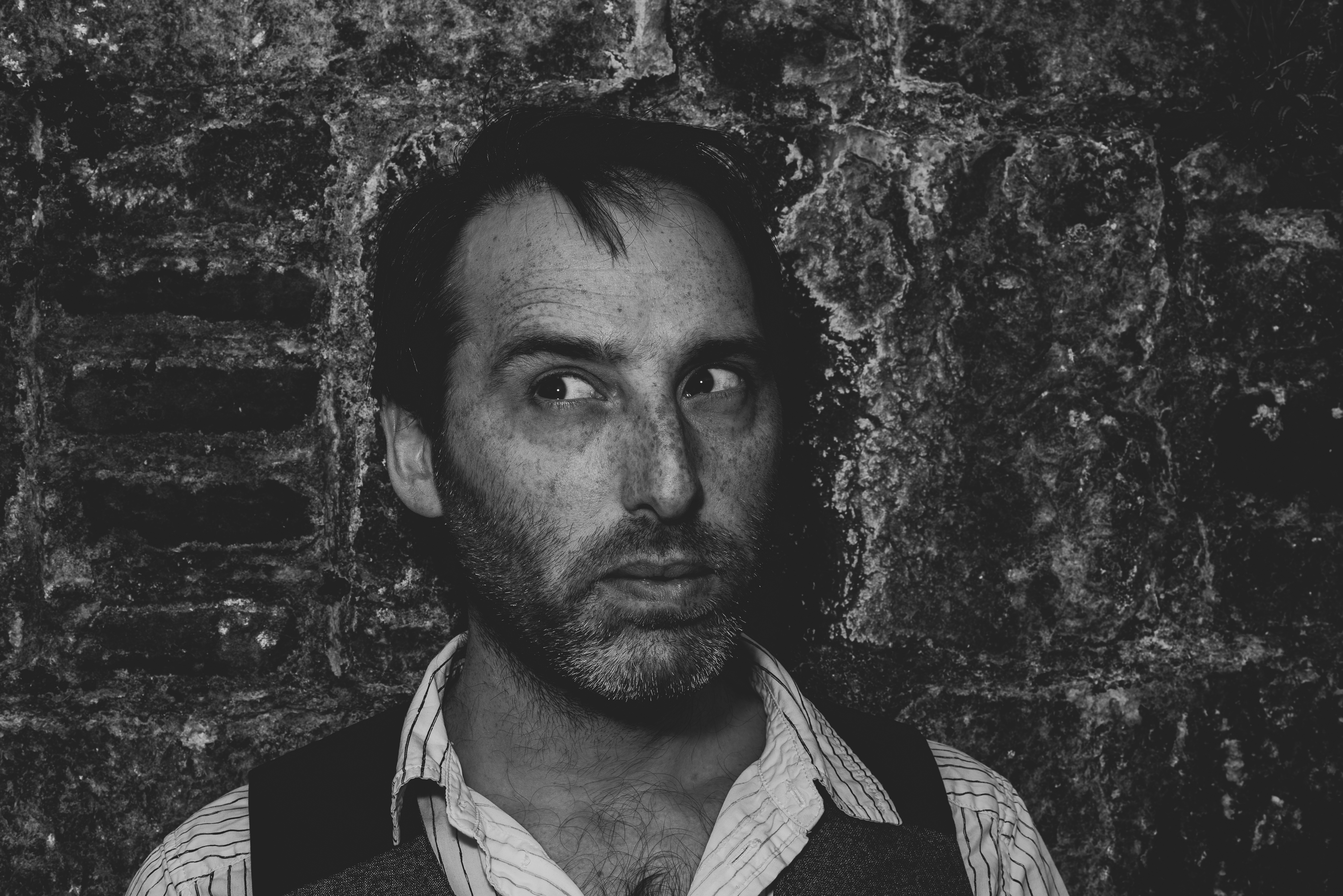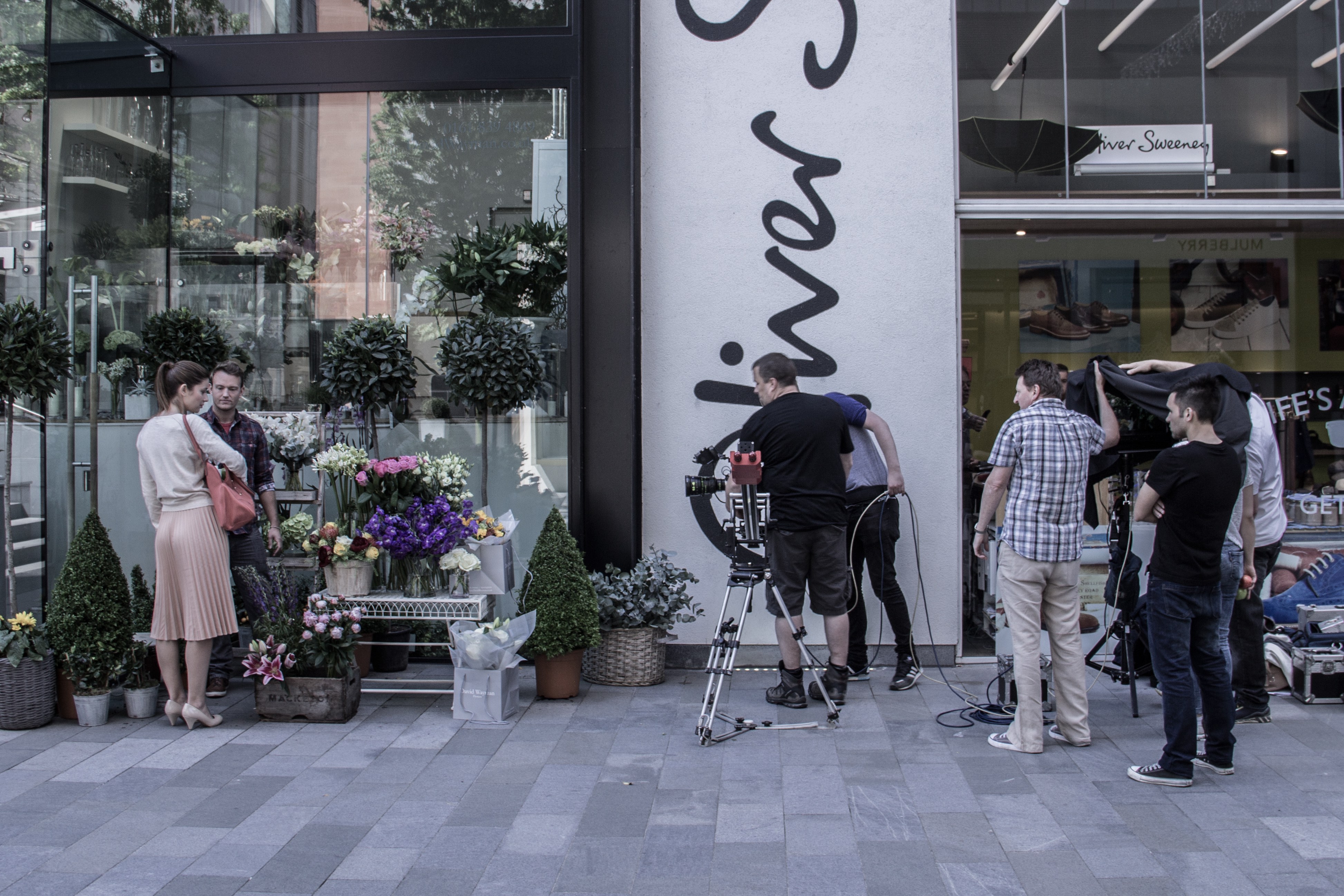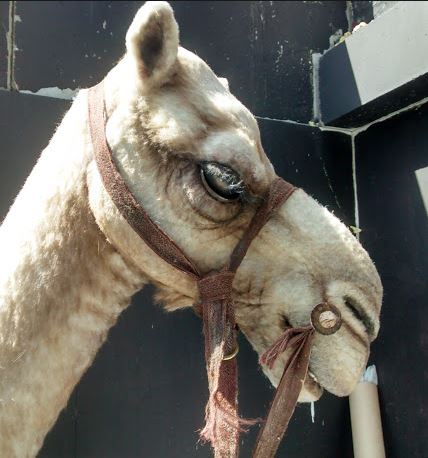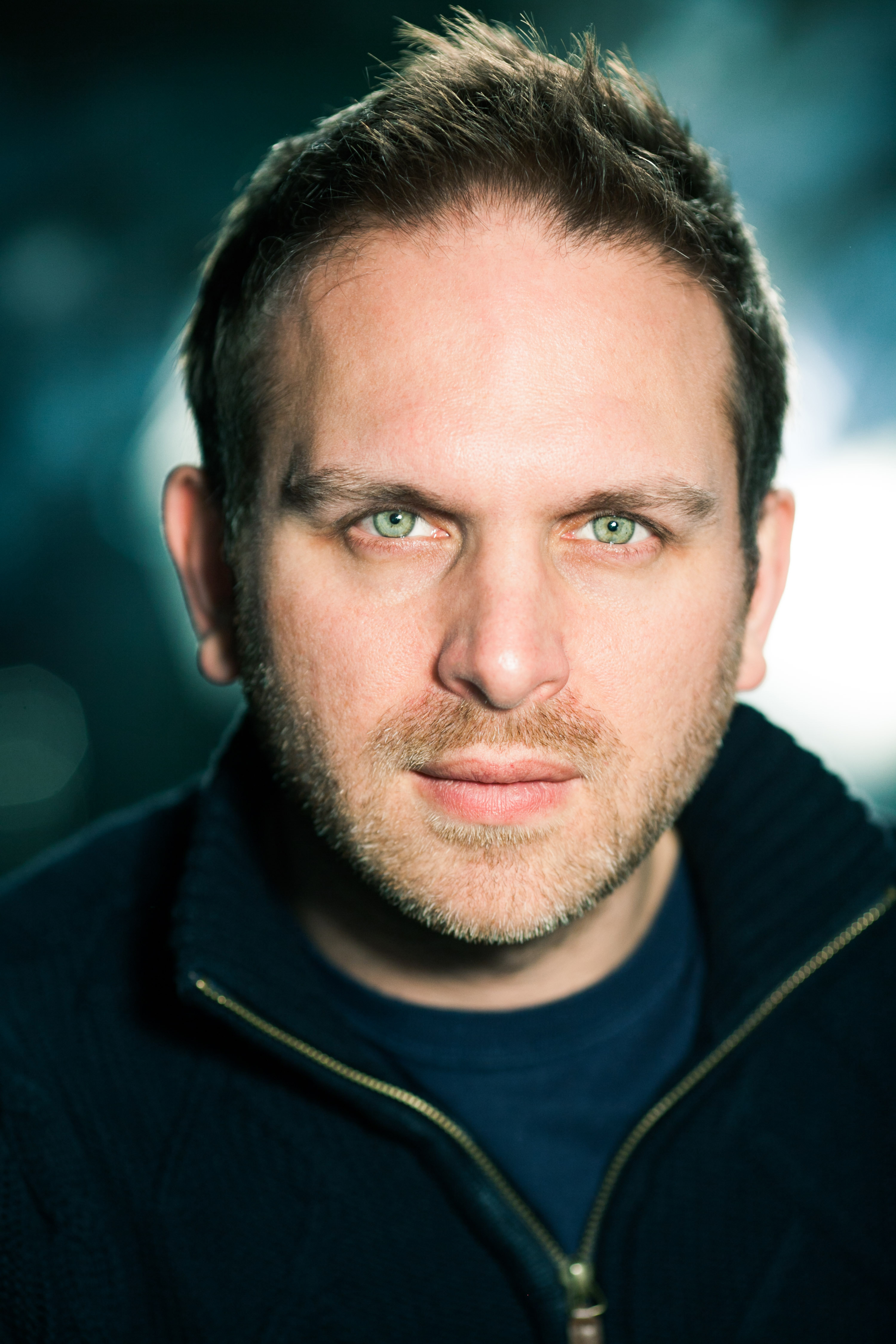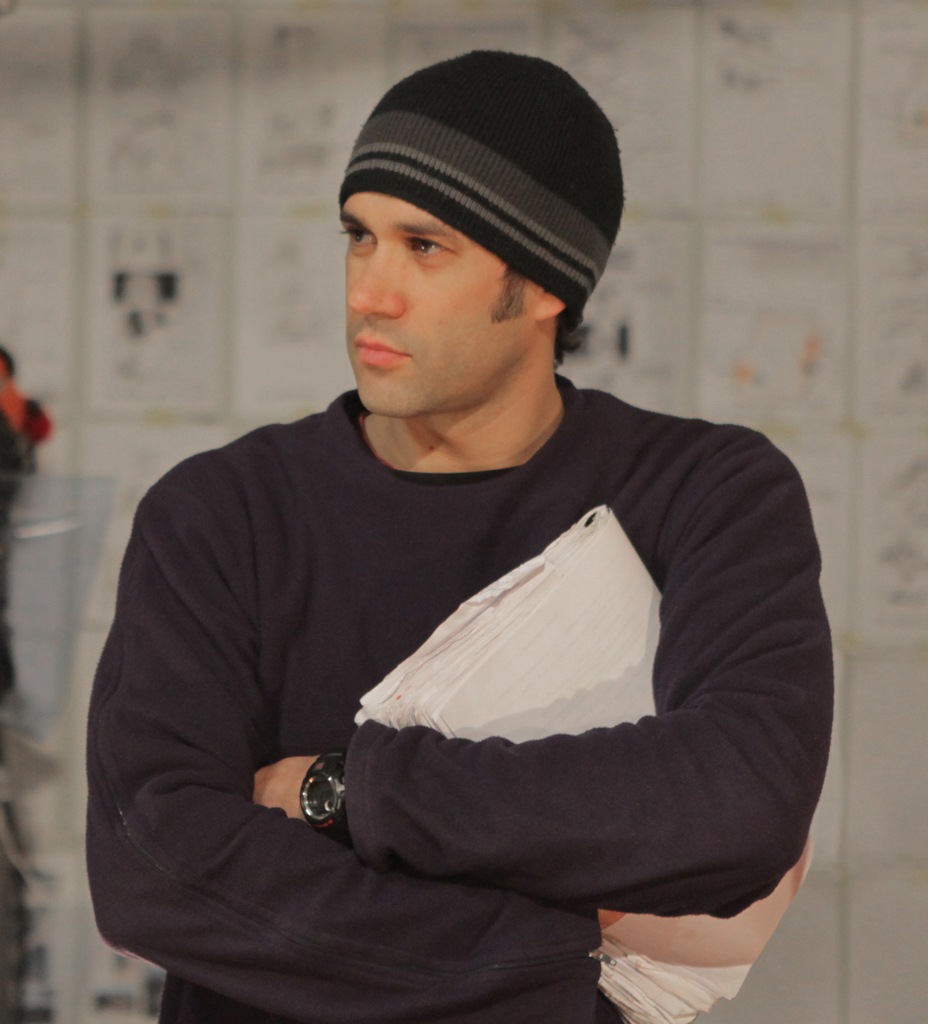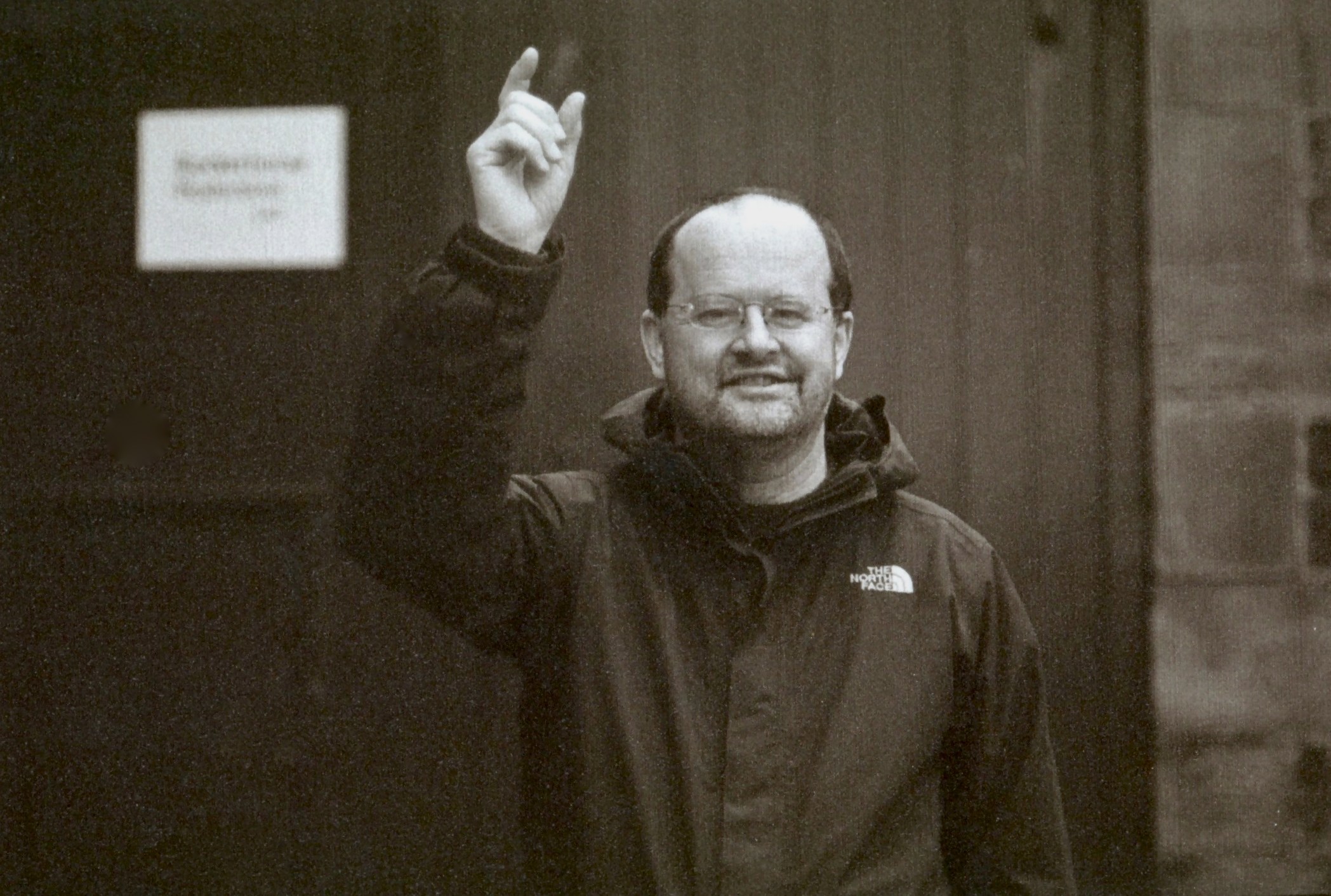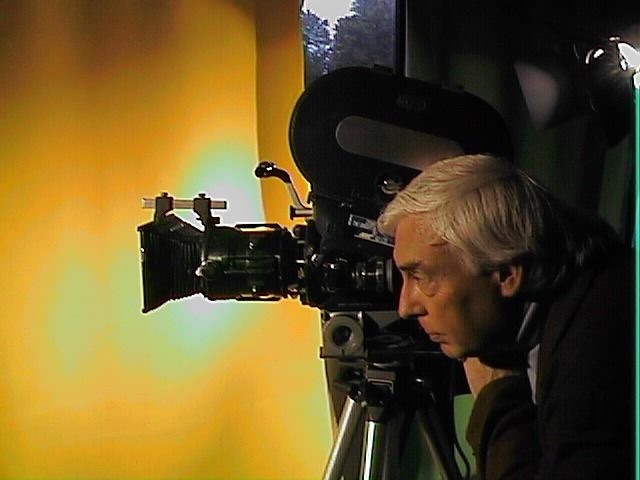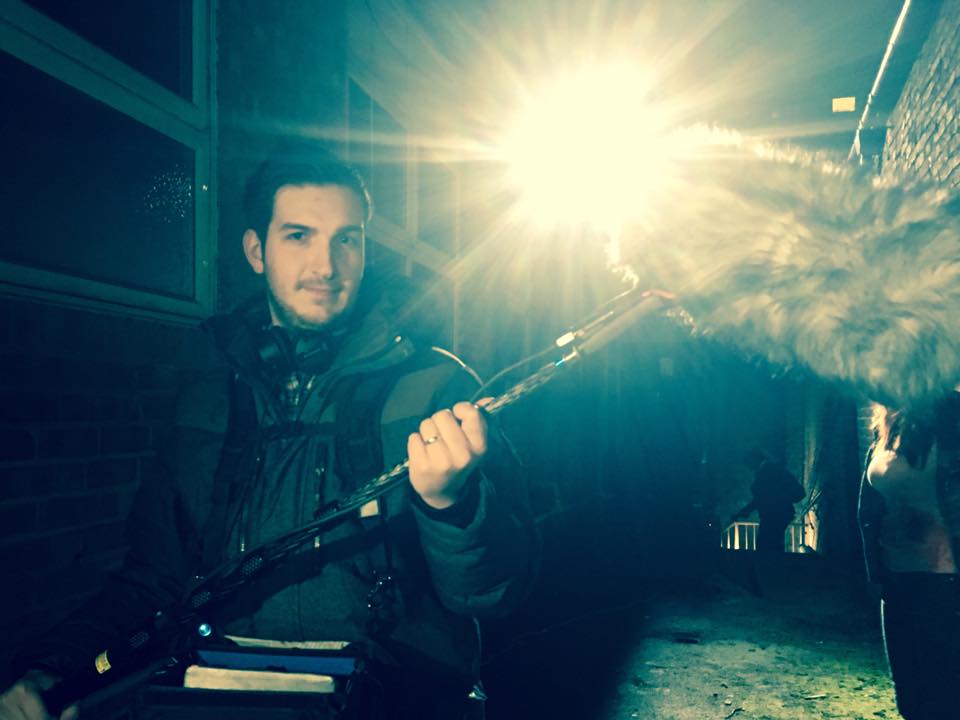ASK & DISCUSS
INDEXWhat equipment should I buy to record a voiceover at home, for a small film?
8 years, 7 months ago - David Roberts
Hi,
I'm making a small, no budget fake documentary at home and wanted to record a voiceover for the subject.
The completed film is going to be like an old b/w 70s documentary so it can be a bit rough around the edges.
Should I be investing in microphone, baffle, pop screen, studio monitors, etc or I can I get away with a half-decent usb mic that I can plug in my Mac?
I know you get what you pay for but I 'm just looking to sit on the right side of acceptable quality, not oscar-winning sound, so what do you recommend?
Only members can post or respond to topics. LOGIN
Not a member of SP? JOIN or FIND OUT MORE
8 years, 7 months ago - Benjamin Pearson
I would reccomend a condenser microphone and spend a little more , around the £100. MXL Make some affordable condensers. With a condenser you will also need an interface - the focusrite scarlett range have a good one and you also a balanced XLR lead, a pop shield would be good and a mic stand makes like a lot easier!
All of that gear if you don't have some allready can add up but trust me it's a waste of money if you buy cheap condensor mics. Your better off getting a zoom portable mic in my opinion.
If you want to make the recording sound vintage/70's Izoptope, the plug in company make a fantastic, and fred to download plugin called 'Izotope vinyl' which you can apply to your track.
8 years, 7 months ago - andy porter
Not sure I should share this but I do all my guide voice over reads for rough cuts with the native Voice Memos app on my iPhone 6, tucked away in a quiet corner of our basement (a big walk-in cupboard would also work). They are surprisingly good quality especially with a music track added...
8 years, 6 months ago - ANDY LEWIS
Indeed an iPhone. Be careful about plugging in any microphones. Some are truly terrible. The internal mic is fine. Dounload a suitable app so it's easy to email the file.
8 years, 6 months ago - David Roberts
Hi Everyone,
I've purchased a Rode NT USB based on the reviews I've read on, along with a shock mount. I might try and knock up a baffle. Once I've recorded a bit of dialogue, I'll send it to anyone who wants to give me a bit of feedback.
If it does turn out to be pants I'll give it a go on the iPhone.
Thanks for the tip on the plugin Benjamin, I'll definitely look that up.
8 years, 6 months ago - John Lubran
The human voice in frequency spectrum of most voice overs is usefully narrow. At the very cheap end of mics, such as those you can pick up for even less than £20, there are those that are clean and noise free that deliver undistorted recording within the required frequency spectrum. Fact.
8 years, 6 months ago - Paddy Robinson-Griffin
Find yourself some heavy velvet curtains from a charity shop, or other dense fabrics - dense fabrics reduce echoes and reflection. You can use a clothes horse or bamboo canes or anything you like to make a nice acoustically clear space to record in.
Mic technique is also important - close, but avoiding plosives ("p", "b" blowing into the mic) and mouth noise (icky saliva sound and breathing) and you're away.
8 years, 6 months ago - Karl Wilson
Hi, I would add to the above (all of which is useful), that with voiceover, you need to record in an acoustically dry environment. Ideally, a vocal booth. You could have the most expensive mic in the world, but it'll sound rubbish unless the sound-treatment of the room is right. I would recommend watching the following:
https://www.youtube.com/watch?v=XdC1i4uLE7Y
AND
https://www.youtube.com/watch?v=KTg7vsjGzog
8 years, 6 months ago - Paul Campion
Maybe consider spending the money by hiring a sound recordist and working with them instead? They'll have all their own equipment and will get you the recording you need with far less hassle than buying your own gear.
8 years, 5 months ago - Andreas Russo
Hi David,
as others have mentioned, the place you record in is very important.
I would argue that for a voiceover it is more important than the actual mic you use, because the last thing you want is to have your voice muddied in unintelligible room reverb. That tight, dry sound is really necessary for a voiceover.
If you don't have the money to go to a studio, find the driest room in your home that has a closet (which will hopefully be full of clothes):
- open the closet doors and cover them with thick blankets
- place your talent with his/her back to the closet
- put a blanket on top of the talent, held by the two doors (you can help yourself with a mic stand)
- one last blanket in front of the talent
The goal here is to create a tent that surrounds both the talent and the mic. Absorptive material (clothes, blankets) will help you both with high frequency and with low frequency absorption if they are thick.
This is a decent example of a no money, homemade "vocal booth": http://tinypic.com/r/2eb4bid/9
You can get pretty decent results with this.
Of course, nothing substitutes a good studio, with a good engineer and good mics, but recording your VO is better than not recording it at all.
Good luck!
8 years, 5 months ago - John Lubran
I have recorded more voice overs and interviews than I can remember; many of them for broadcast TV. All of the above commentary is useful and valid. What I would say though is that whilst sound is too often treated with poor attention to quality, for most productions it's not rocket science. Badly placed mics and bouncy and or noisy environmental accoustics are to be avoided, like the plague; as are distortion, feedback and incorrect attenuation and or line inputs. A trained ear can be acquired almost instantly. Never rely on headphone monitoring coming via camera preamp for hearing line input errors or over peaking distortion (going over 0db in digital). There's no remedy in post for that. Most recording is single or multi channel mono, not stereo. Stereo recording for broadcast and features is special and ought to be done by an expert.
8 years, 5 months ago - Alan Deacon
Hey David, If you want feedback, don't forget to leave the internal speakers selected as your output, and keep the headphones unplugged... stand close to the computer with the mic... that should do the trick! ;)
8 years, 5 months ago - Matt Thompson
D, later listen to lots old docs off youtube etc., then tweak your eq (or get sound mixer to) to emulate the sound. Zoom h2n recorder set to mono would be good way to record. try it at different distances from your mouth. i would go close. M
8 years, 5 months ago - Franz von Habsburg FBKS MSc
My fav was the Nagra Ares BB used with Sienheiser mikes.
8 years, 5 months ago - Angela Peters
Lots of great suggestions here.
Karl - those videos were great - especially the second one. Thank you.
David, you've had tonnes of excellent advice here. My only other suggestion if you decide you'll be doing it for hours and want a decent setup...you could buy something like this, retailing at about £200. But it is for voiceovers rather than using for film sets in the future. Great kit, USB connection, works a treat and you can download Audacity for free to edit your voiceover after: https://www.amazon.co.uk/Focusrite-Scarlett-Studio-Headphones-Leads/dp/B00AW91CPG
Good luck!
8 years, 5 months ago - Dafydd Mann
Hate to be that guy but if you not entirely sure you not what you're doing, hire a sound recordist. A directer I worked with on the post production tried to do the ADR himself before I was involved and it was worse than the production dialogue and he wouldn't let me redo it, even thrown in for free because he would have to get the actors in again as well. its the actors time you're wasting if you get it wrong.

